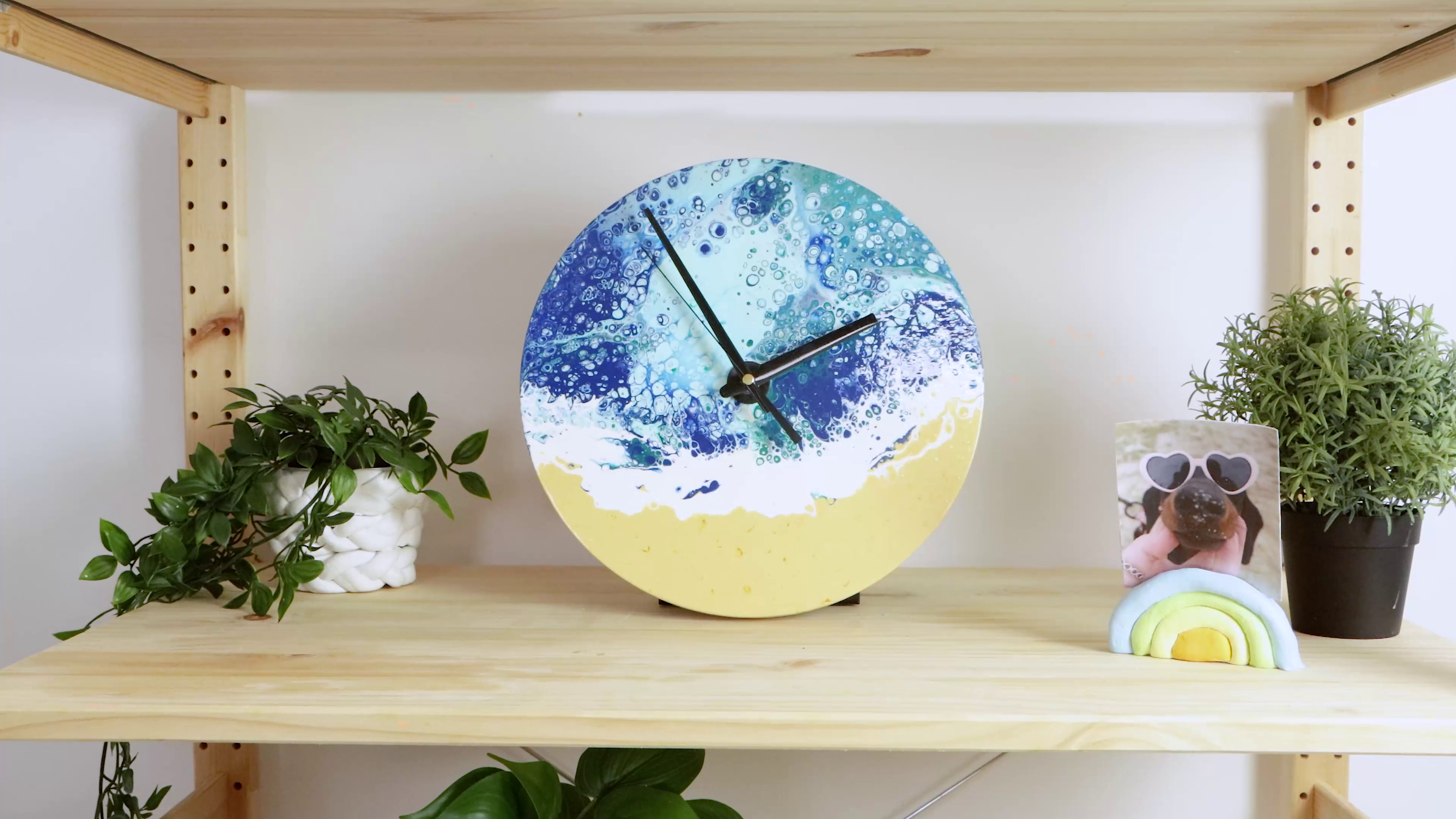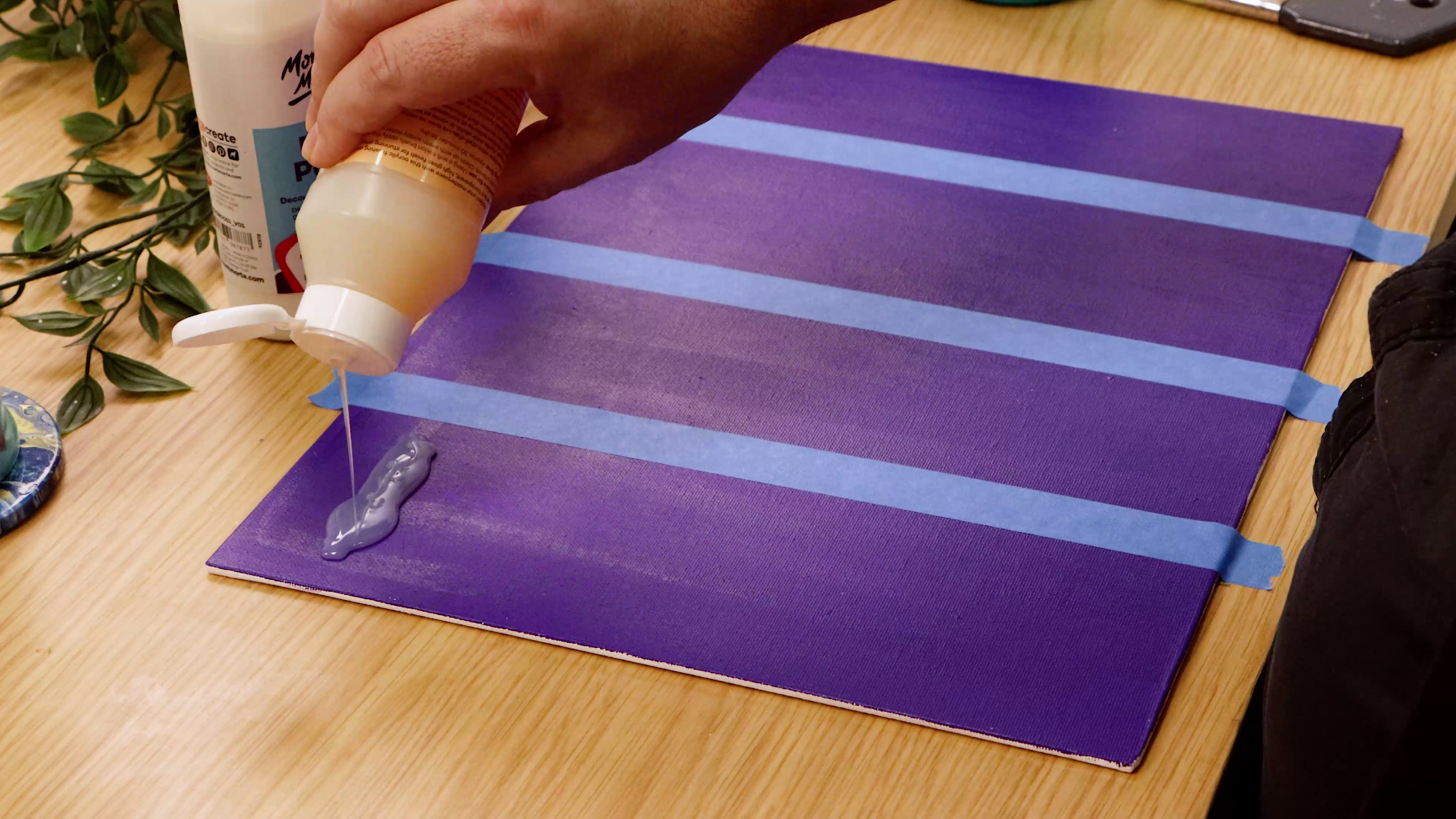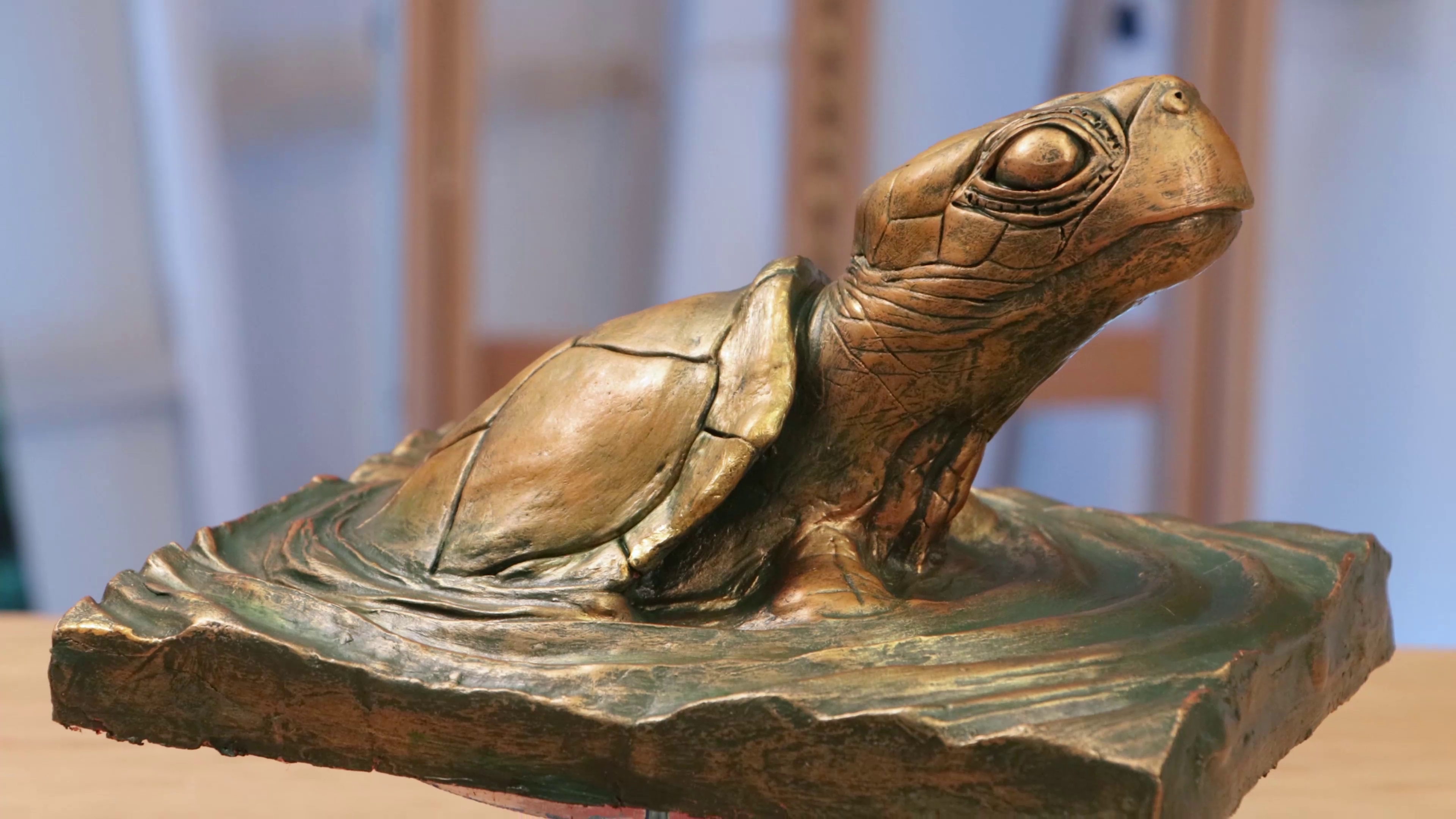Create a fairy tea light sculpture in polymer clay part 1
In this lesson we use the 400g Beige Mont Marte Polymer Clay to sculpt a whimsical fairy tea light. Creating the armature and many other sculpting techniques are covered in this lesson, resulting in a beautiful sculpture.
Step 1. Armature base and main upright
To create the main upright you will need 2 pieces of identically shaped timber. I have used 2 sections of a tree branch, but 2 pieces of pine could be used also. Place the two bits of timber on top of each other and centrally drill a 3/16th hole through them both. Next create a hole through 1 of the bits of timber using a 16mm spade bit. Use the small hole as a pilot.
Once the large hole is created glue the 2 bits of timber together with PVA glue. Let this dry. Next, referring to the 1st image in the PDF, fashion the rod with the appropriate bends and then cut it to size.
Place the nut, spring washer and then a washer and place the rod through the hole then fit the washer, spring washer and then the nut and tighten.
Step 2. Armature details
Now the main upright rod is done we have to attach wire to support the arms and legs. Refer to that first image again and wrap a length of wire around the rod twice and twist it back onto itself. Follow the same procedure for the other arm and lengths for both legs. I decided to twist in another length of wire onto each existing length of wire for added strength. Bend the arms to the desired shape and then cut them to length as per the plan. Follow this procedure for the legs also but bind one leg to the upright rod. Lastly wrap some masking tape tightly around the torso area. We are now ready to start sculpting.
Step 3. Modelling the head
Note: A hobby knife is suggested in the sculpting stage, so if you are not an adult you cannot use a hobby knife. And if you are an adult you must exercise extreme caution.
Condition enough clay for the legs. Roll it into 2 tubes and feed it onto the armature wire. Press it onto the wire so there is no air between the wire and the clay. Roughly model each leg to shape with your hands. Fit the feet onto the end of each leg. Create the buttocks from 2 semi circular bits of clay and smooth these in along with the feet. Now the rough shape has been modelled take a hobby knife and remove the unwanted clay. Play close attention to the muscles and areas of where the bone is close to the skin, such as the knees, shins and heel bones. Once the legs have been finished to this stage, smooth it all off with the small wooden curved tool.
Step 4. Modelling the torso
The torso is created by pressing a circular piece of clay onto the front of the area and then one for the rear. Add the breasts by applying 2 crescent shaped domed pieces of clay and blend these in. Roughly shape this and remove any clay with a knife and then smooth it all off with a wooden curved tool. Ensure that the waist is appropriately shaped and you have put the neck in.
Note: It is important to ensure that there is 6mm of clay around the torso area of the armature.
Step 5. Modelling the arms
The arms can be handled in the same manor as the legs. Take the clay up to the wrists but don't put the hands on yet. Ensue that the arms are not too thick and that the elbows are defined. Suggest the shoulders by adding balls of clay and blend them to shape.
Step 6. Modelling the head
Create the head by packing aluminium foil onto the booker rod and wrap it tightly with masking tape. Place it into position and wrap clay tightly around it.
The steps to model the head are as follows:
a) Cut in the mouth and chin.
b) Cut away the cheeks.
c) Suggest the nose.
d) Shape the skull. e) Create hollows for the eyes.
f) Add eyebrow bones.
g) Add the eyes.
h) Smooth it all out with a soft flat Taklon Brush.
Step 7. Creating the tea light holder.
The tea light holder sits on top of the sculpture and should be relatively level. Create a rough circular portion of clay about 6mm thick and 120mm in diameter. Form a cup and push this through the end of the booker rod onto the head. Smooth the end of the arms onto the cup.
Next create two rough hand shapes and apply them into position and blend them onto the arms and the holder. Add any elements that the hand require like knuckles and finger joints. Blend these in.
Cut a shape around the holder with a hobby knife so that it loosely resembles a flower.
First baking. Follow directions on packaging.
Step 8. Creating the clothing
Take the sculpture from the oven and let it cool. Roll a portion of clay into a sheet about 4mm thick. Lay this around the model and cut the clay to the desired size. Blend the clay where it joins with a wooden tool. This part is really up to the artist but I created the dress so the bottom is shaped like a flower. I have also added a few extra petal shapes over the torso as well. Ensure that the fairies shape is not altered to much. If it is, remove clay so she still has form. At this stage add some clay inside the holder to hold the candle in place and blend it out to the edge of the holder. Ensure that the candle can be removed and put back.
Note: The bottom of the dress is quite thin and is not supported. It is a good idea to reinforce this part of the dress with an extra sheet. When you do this, pinch the edge so the fabric looks thin.
Step 9. Hair
Using off cuts from the sheet made for the dress, cut a shape for the hair. Wrap this around the head and refine the shape with the hobby knife. Next create a series of lines down the hair emitting from the head. Smooth this off with a brush. Lay the ears on and create a base around the foot. Add some mushrooms and a snail and then bake it. Follow the directions on the packaging. Remove from the oven and let this cool.
Step 10. Wings
The wings have been created from the clear packaging from the modelling tools. To create these lay out the third image in the PDF and lay the packaging over it and with a hobby knife score the plastic in the appropriate area (these will be so the wings can bend) and then profile cut the wings out.
Ensure that the first 2 scores are not too deep. Bend the wings along the score lines and glue them into the appropriate position. I have used hot glue from a glue gun but epoxy glue (araldite) could be used also.
Material List
- Make n Bake Polymer Clay Signature 400g (14.1oz) - Beige
- Clay Tool Set Signature 11pce





























